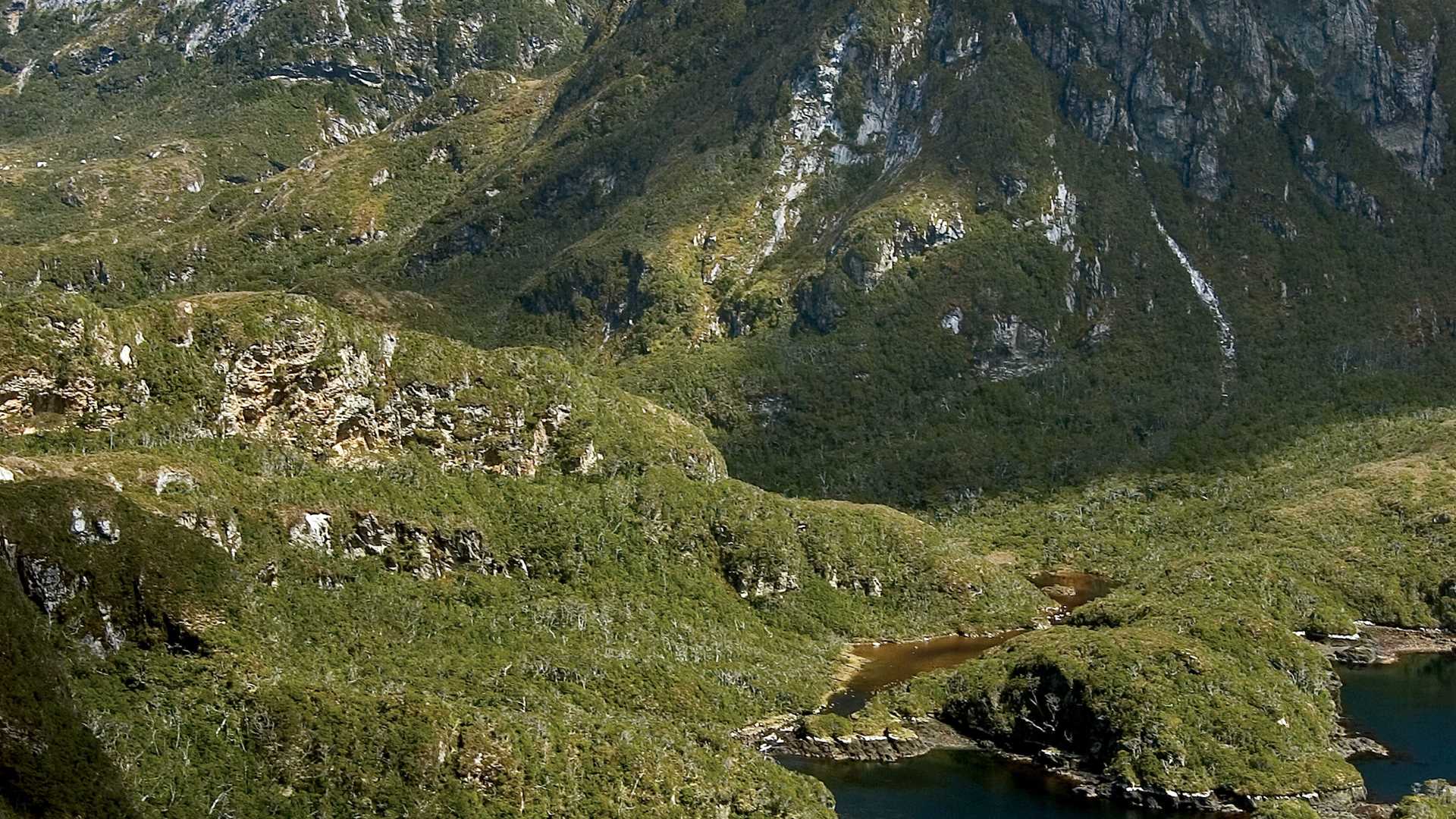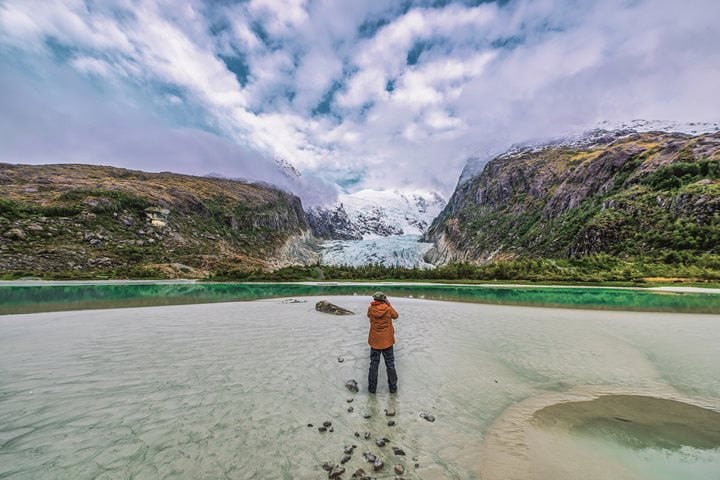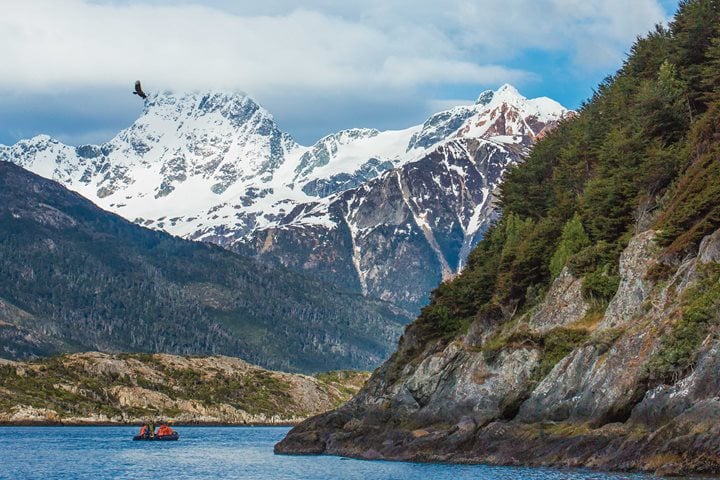Call +1.800.397.3348 or contact your travel advisor
- WorldView
- 3 Min Read
- 29 Jan 2019
Argentina's Staten Island Reopens for Lindblad Visitors

Four years hard work from our staff and agents finally paid off as today we were the first foreign-flagged expedition ship in history to sail into the protected waters in and around Staten Island, Argentina. Administered as part of the Argentine province of Tierra Del Fuego, Staten Island has been off limits to tourism since 1923 when it was decreed a natural reserve for fur seals. Since that time protection of the islands natural heritage has increased and visitation further limited. As of this year local authorities have decided to slowly open up the island to permitted visits with the National Geographic Explorer being the first. We will be spent three days exploring this small island located 18 miles of the south eastern tip of Tierra Del Fuego. Get Inspired By Photos, Videos, Webinars, Stories, And Exclusive Offers. Sign Up
With a strong western wind and another vessel ahead, our attempt to land on Cape Horn today was a lesson in patience. Hopes were high that the forecast of calming winds would prevail but when our chance came, and there was no reprieve, we made the charge anyway. This photo was taken from my porthole aboard the National Geographic Explorer while rounding Cape Horn for the first time this season and about an hour before we all braved the elements and stepped foot on the southernmost bit of land outside of Antarctica.
Day two at Staten Island, Argentina. During the night National Geographic Explorer cruised into Puerto San Juan del Salvamento, located in the extreme northeast corner of the island. This is the protected locale where Jules Verne wrote the first draft of his adventure novel, The Lighthouse at the End of the World in 1901. This is the view from the lighthouse (San Juan del Salvamento) that inspired his writing and offered our first opportunity to step foot on Staten Island after a day of Zodiac cruising yesterday. With calm conditions and warm weather our first hike ashore could not have been more inspiring.
Our last day at Staten Island proceeded as unexpectedly calm as the rest. With only a few kilometers to cover between Cook Bay (our evening destination yesterday) and Isla Observatario, we arrived to this low, inconspicuous island early this morning and were immediately inundated with life. Imperial blue-eyed shags, Magellanic penguins, South American sea lions, fur seals, etc. were all coming to and from the sea as we cruised along the edge of this unassumingly biologically rich island. Here, a group of imperial blue-eyed shags takes off from their nesting site on the north shore of Staten Island.
Before pulling away from Argentina’s Staten Island until next year I wanted to add another shot from my favorite location this trip. Hoppner Bay on the islands northeast corner was thick with lichen, moss and southern beech trees like this gnarled specimen. Right down to waterline this wind sculpted flora will leave perhaps the most lasting memory for me when I day dream about the landscape of Staten Island.
As National Geographic Explorer transitions from Staten Island to Ushuaia and preps for her next voyage the link between the two locations might not be readily apparent. Inhabited initially as a penal colony, Staten Island’s prison was abandoned in 1903 and all its inmates, as well as their buildings, were transferred to Ushuaia, establishing the roots to this jumping off point towards the Falkland Islands, South Georgia, and Antarctica, the three destinations for our upcoming trip aboard National Geographic Explorer. Goodbye Staten Island.



